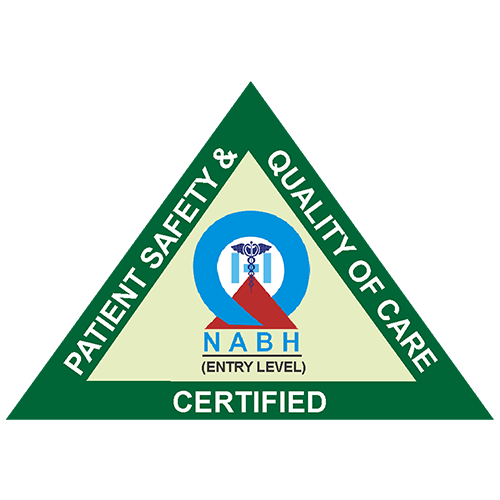Introduction
Kidney stones are hard mineral and salt deposits that form inside the kidneys. While they can affect individuals of any age, older adults are particularly susceptible due to various health factors and age-related changes in the body. Understanding the causes, symptoms, and prevention strategies for kidney stones in older adults is crucial for maintaining their health and well-being.
Causes of Kidney Stones in Older Adults
1.Dehydration: Older adults often have a decreased sensation of thirst, leading to lower fluid intake. Adequate hydration is essential for diluting urine and preventing stone formation.
2. Dietary Factors: High intake of sodium, oxalate-rich foods, and animal proteins can increase the risk of kidney stones. Many older adults may have dietary habits that contribute to this condition.
3. Medications: Some medications commonly prescribed to older adults, such as diuretics and calcium-based antacids, can increase the risk of kidney stone formation.
4. Medical Conditions: Conditions like gout, hyperparathyroidism, and urinary tract infections (UTIs) are more prevalent in older adults and can contribute to the development of kidney stones.
5. Immobility: Reduced mobility due to age-related issues can lead to decreased urine flow, which in turn can promote stone formation.
Symptoms of Kidney Stones
The symptoms of kidney stones can vary depending on the size and location of the stone. Common symptoms include:
– Severe Pain: Often described as a sharp, cramping pain in the back and side, often radiating to the lower abdomen and groin.
– Blood in Urine: The presence of blood in the urine (hematuria) can be a sign of kidney stones.
– Frequent Urination: An increased need to urinate or experiencing a burning sensation during urination.
– Nausea and Vomiting: These symptoms can occur due to the pain and obstruction caused by the stone.
– Cloudy or Foul-Smelling Urine: This can be a sign of infection, which can accompany kidney stones.
Diagnosis and Treatment
Diagnosing kidney stones involves a combination of medical history, physical examination, and imaging tests such as X-rays, CT scans, or ultrasounds. Once diagnosed, treatment options may include:
1.Medications: Pain relievers, alpha-blockers to relax the muscles in the ureter, and medications to manage underlying conditions.
2. Hydration: Increasing fluid intake to help flush out small stones through the urinary tract.
3. Dietary Modifications: Reducing intake of foods high in oxalate, sodium, and animal proteins.
4. Medical Procedures: For larger stones or those causing severe symptoms, procedures like extracorporeal shock wave lithotripsy (ESWL), ureteroscopy, or percutaneous nephrolithotomy may be necessary.
Prevention Strategies
Preventing kidney stones involves a combination of lifestyle changes and medical management:
– Stay Hydrated: Drinking plenty of fluids, particularly water, to keep urine diluted.
– Dietary Adjustments: Limiting salt, reducing oxalate-rich foods like spinach and nuts, and moderating animal protein intake.
– Regular Check-ups: Regular medical check-ups to monitor and manage underlying conditions that may contribute to kidney stones.
– Medication Management: Reviewing medications with healthcare providers to identify any that may increase the risk of kidney stones.
Conclusion
Understanding the risk factors, symptoms, and preventive measures for kidney stones in older adults is essential for maintaining their kidney health. By staying informed and making necessary lifestyle changes, older adults can reduce their risk and ensure early intervention if kidney stones do develop. If you suspect kidney stones or experience symptoms, consult with a healthcare provider for appropriate diagnosis and treatment.




